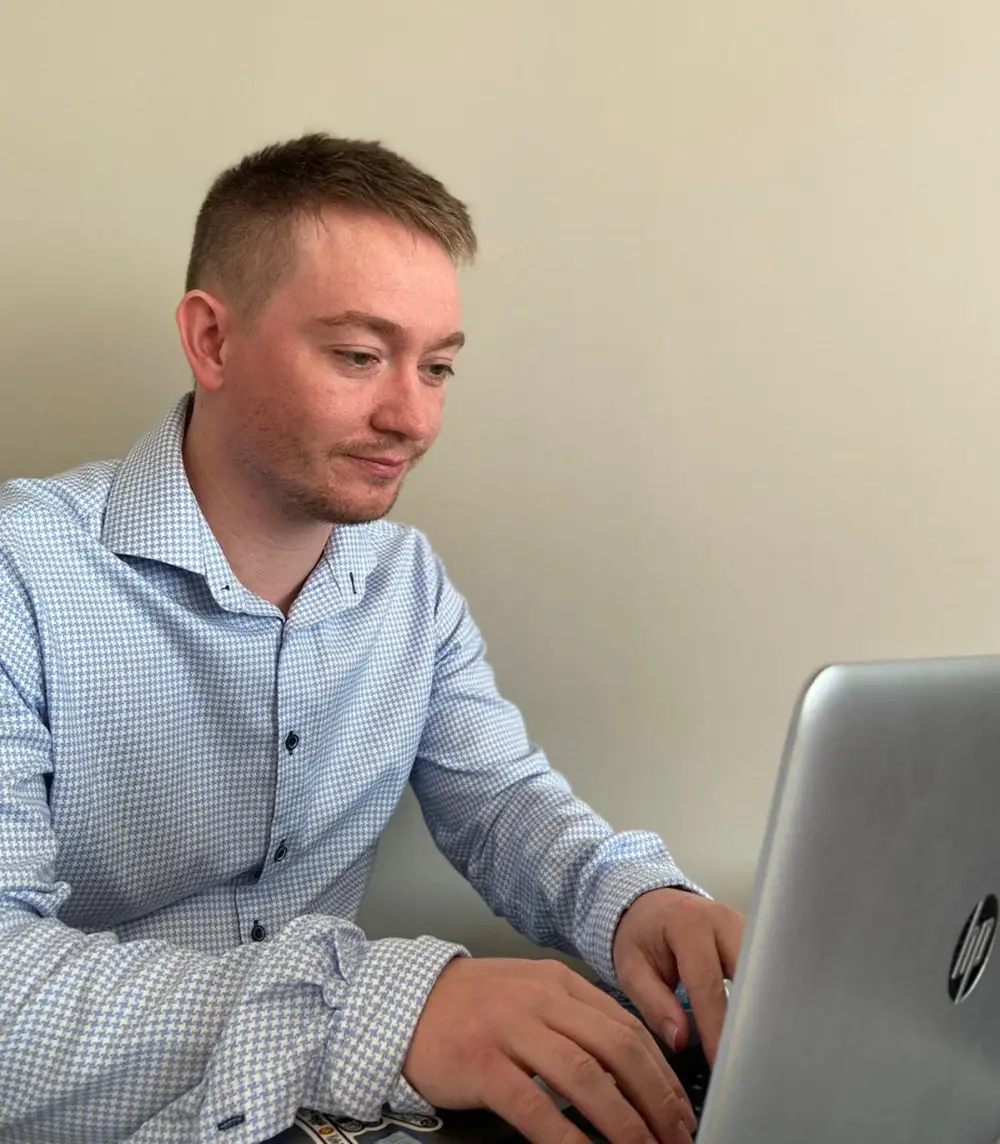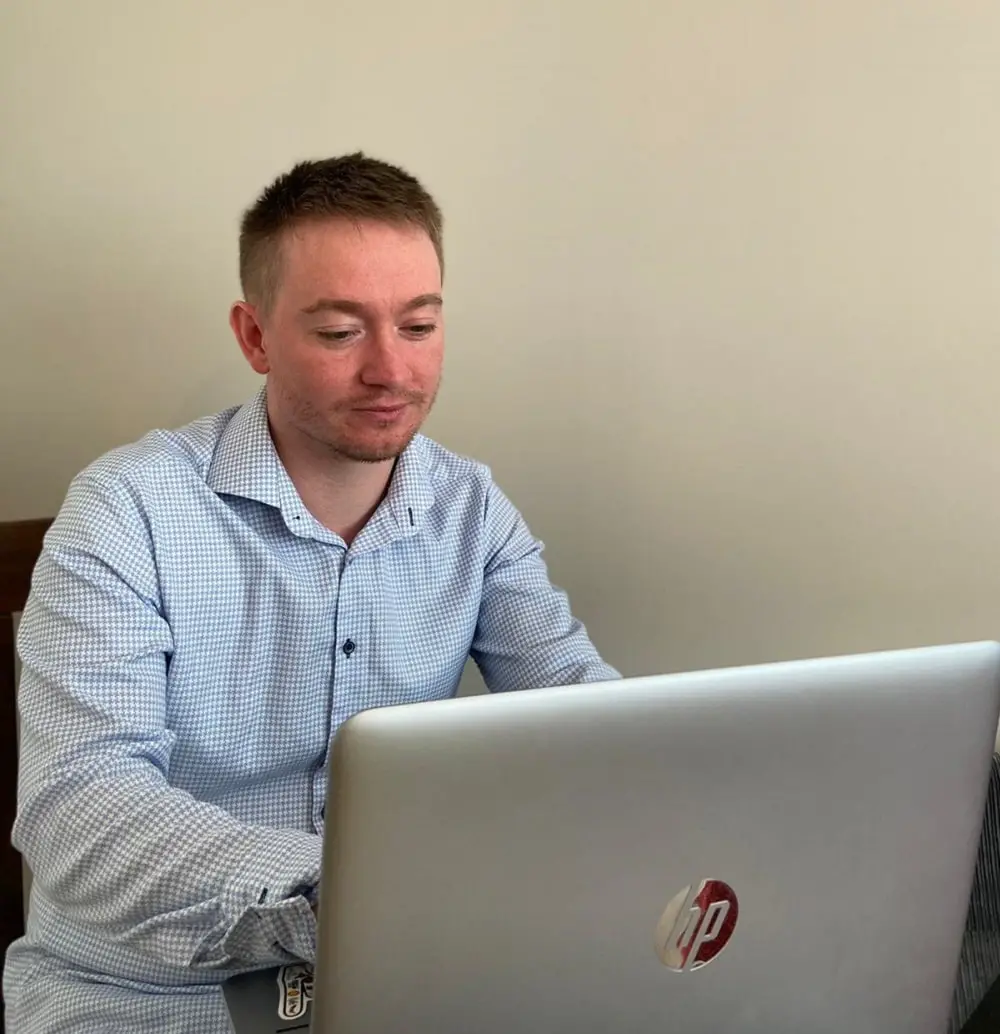Day in the life of
Proofreader – Mark Hemming

My name is Mark Hemming, and I work at Libra Translation in the UK.
Proofreading and editing is a large part of my work, whether proofreading translations or revising monolingual documents.
My Typical Day
A typical day will start by following up on client requests and planning the day ahead, usually followed by two or three hours of editing, a break for lunch, followed by invoicing/admin tasks, and another couple of hours of proofreading.
Pros
The pros are being able to set your own hours if you work freelance and the fact that you’ll always be learning something new and taking in information. You also learn something new about your language every day, and get to become a bit of a grammar expert!
Cons
The cons are the physical aspect of the job, as you’re not just looking at a screen all day, but really focusing hard on it – long days can result in tired eyes and headaches. In addition, there is a lot of responsibility in that if a job is going to print, it really has to be perfect.
Advice to aspiring Proofreaders
As for a path into proofreading for students, an English or journalism degree would be a good start, although many countries also have professional proofreading-specific qualifications that you could work towards. Ideally, you need to be someone who has a natural eye for errors – if you find grammar issues and poor spelling seem to jump out of the page at you, it’s a sign that you might be a good proofreader!
Proofreaders and Copy Markers
read transcript or proof type setup to detect and mark for correction any grammatical, typographical, or compositional errors. Excludes workers whose primary duty is editing copy. Includes proofreaders of braille.




.jpg)